Fun Learning | STEM Activities | Experiments
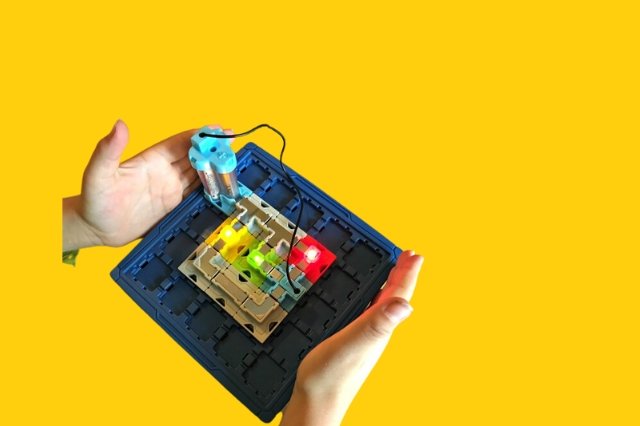

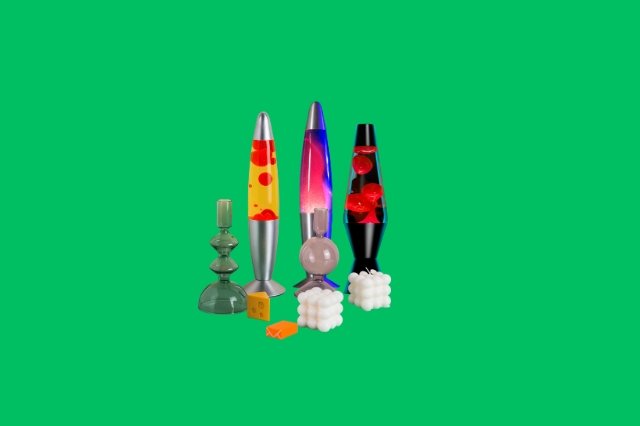
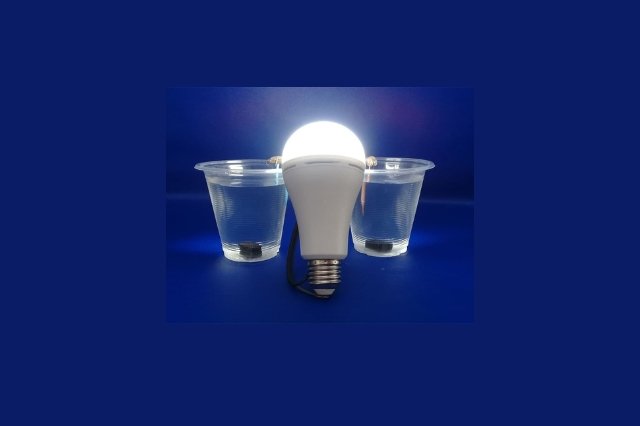
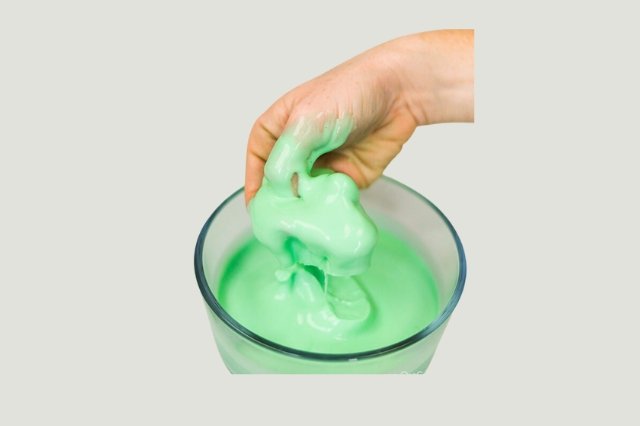
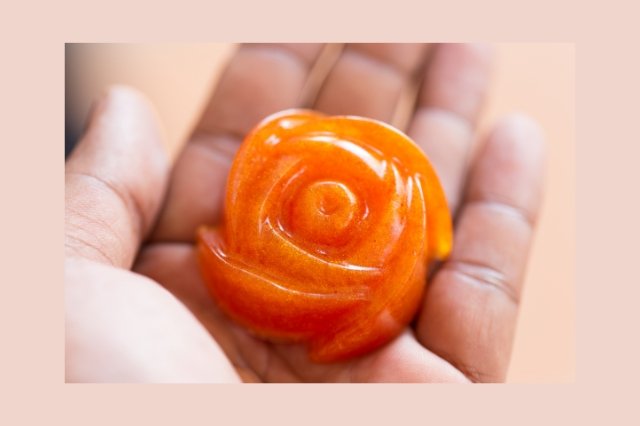
At A2Y Academy, we offer a wide range of fun and educational experiments that explore the exciting world of electricity. Our hands-on activities are designed to give students a deep understanding of the fundamental concepts of electricity, such as circuits, electromagnetism, and static electricity.
Through our engaging experiments, students will learn how to create their own circuits, build electromagnets, and experiment with static electricity. Our expert instructors guide students through the scientific process, teaching them valuable skills in critical thinking, problem-solving, and teamwork.
Our electricity-based experiments are perfect for students of all ages, and they're designed to be both fun and educational. Whether you're looking for a fun summer camp activity or an engaging after-school program, A2Y Academy has got you covered.
So why not give your child the gift of science education? Sign up for our electricity-based experiments today and let the sparks fly!
A catapult is a machine that has been used for centuries to launch projectiles over long distances. The basic design of a catapult consists of a sturdy frame and a lever, or arm, that is used to launch the projectile.
When the arm of the catapult is pulled back, it stores potential energy in the form of tension. This energy is then released when the arm is released, causing the projectile to be launched forward.
The amount of force and distance that the projectile travels depends on a variety of factors, such as the tension in the arm of the catapult, the weight of the projectile, and the angle at which it is launched. By adjusting these variables, you can control the trajectory of the projectile and achieve greater accuracy and distance.
At A2Y Academy, we offer a range of fun and educational activities that explore the mechanics behind the functioning of a catapult. Through our engaging experiments, students will learn about the principles of physics, such as potential and kinetic energy, and gain valuable skills in critical thinking, problem-solving, and teamwork.
A lava lamp is a decorative device that consists of a glass vessel containing a colored fluid and a wax or oil substance. When the lamp is turned on, the wax or oil heats up and rises to the top of the vessel, creating a mesmerizing display of bubbles and colors.
The fundamental principle behind the functioning of a lava lamp is the difference in density between the colored fluid and the wax or oil substance. The wax or oil is less dense than the colored fluid when it is cold, but as it heats up, it becomes less dense than the fluid and rises to the top. As it cools down again, it becomes more dense and sinks back down to the bottom of the vessel, ready to be heated up again.
At A2Y Academy, we offer a range of fun and educational activities that explore the science behind the functioning of a lava lamp. Through our engaging experiments, students will learn about concepts such as density, convection, and thermal energy transfer, and gain valuable skills in observation, measurement, and analysis.
A salt water lamp is a unique type of lamp that creates a warm and cozy ambiance in any room. It consists of a glass vessel filled with water and salt, and an electric current that passes through the solution to generate a soft glow.
The fundamental principle behind the functioning of a salt water lamp is electrolysis. When an electric current is passed through salt water, the salt dissociates into positively charged sodium ions and negatively charged chloride ions. The ions then move towards the electrodes, which are made of different metals, causing a chemical reaction that generates light and heat.
At A2Y Academy, we offer exciting and educational experiments that explore the science behind the functioning of a salt water lamp. Our experiments focus on the concepts of electrolysis, ion movement, and energy conversion, and help students develop important skills in observation, data collection, and analysis.
Oobleck is a fascinating substance that exhibits both liquid and solid properties. It is made by mixing cornstarch and water together in a specific ratio, which results in a non-Newtonian fluid that behaves in unusual ways.
The fundamental principle behind the functioning of oobleck is shear thickening. This means that when pressure is applied to the oobleck, such as by squeezing it or hitting it, the mixture behaves like a solid and resists the pressure. But when the pressure is released, the oobleck flows like a liquid once again.
At A2Y Academy, we offer fun and educational experiments that explore the science behind oobleck. Our experiments focus on the concepts of viscosity, shear stress, and fluid mechanics, and help students develop important skills in observation, data collection, and analysis.
Soap making is an ancient practice that has been used for centuries to cleanse and protect the skin. The fundamental principle behind soap making is saponification, a chemical reaction between fats or oils and an alkali, such as sodium hydroxide or potassium hydroxide.
During the saponification process, the fats or oils are broken down into their component parts, which then react with the alkali to form soap molecules and glycerol. The soap molecules have two distinct ends - one end is hydrophobic and repels water, while the other end is hydrophilic and attracts water. This dual nature of soap molecules is what makes them so effective at cleaning dirt and oil from the skin.
At A2Y Academy, we offer fun and engaging soap making workshops that teach students the fundamentals of soap making, including the chemistry behind saponification, the properties of different oils and fats, and the importance of accurate measurement and timing.
